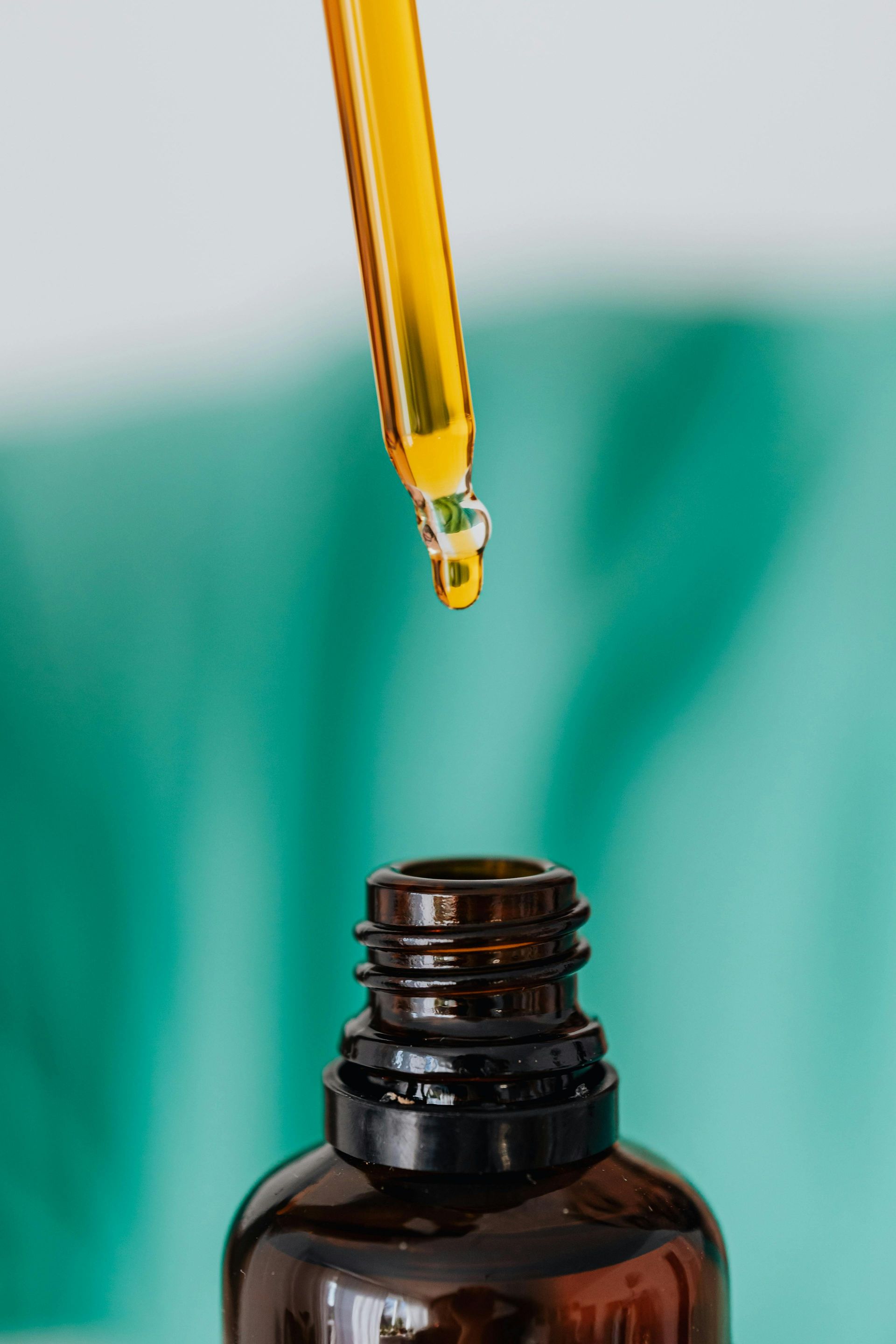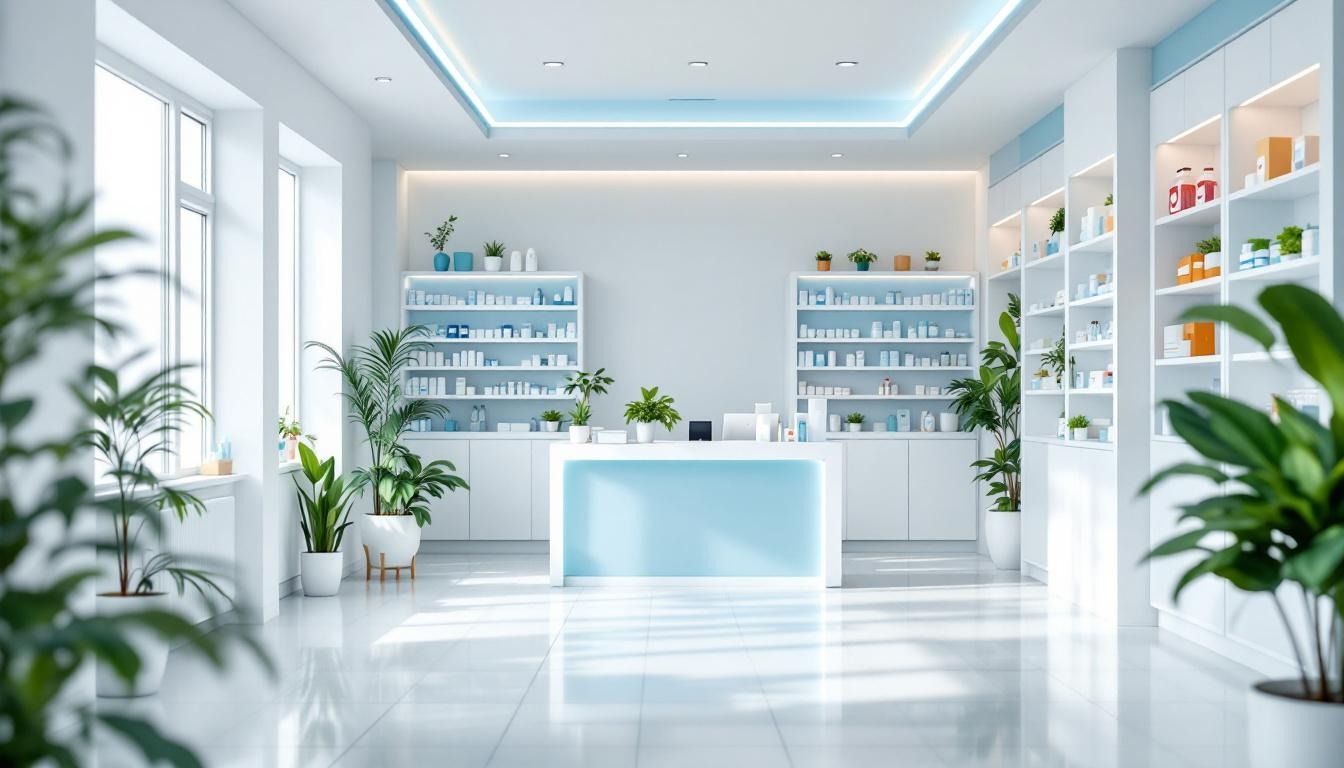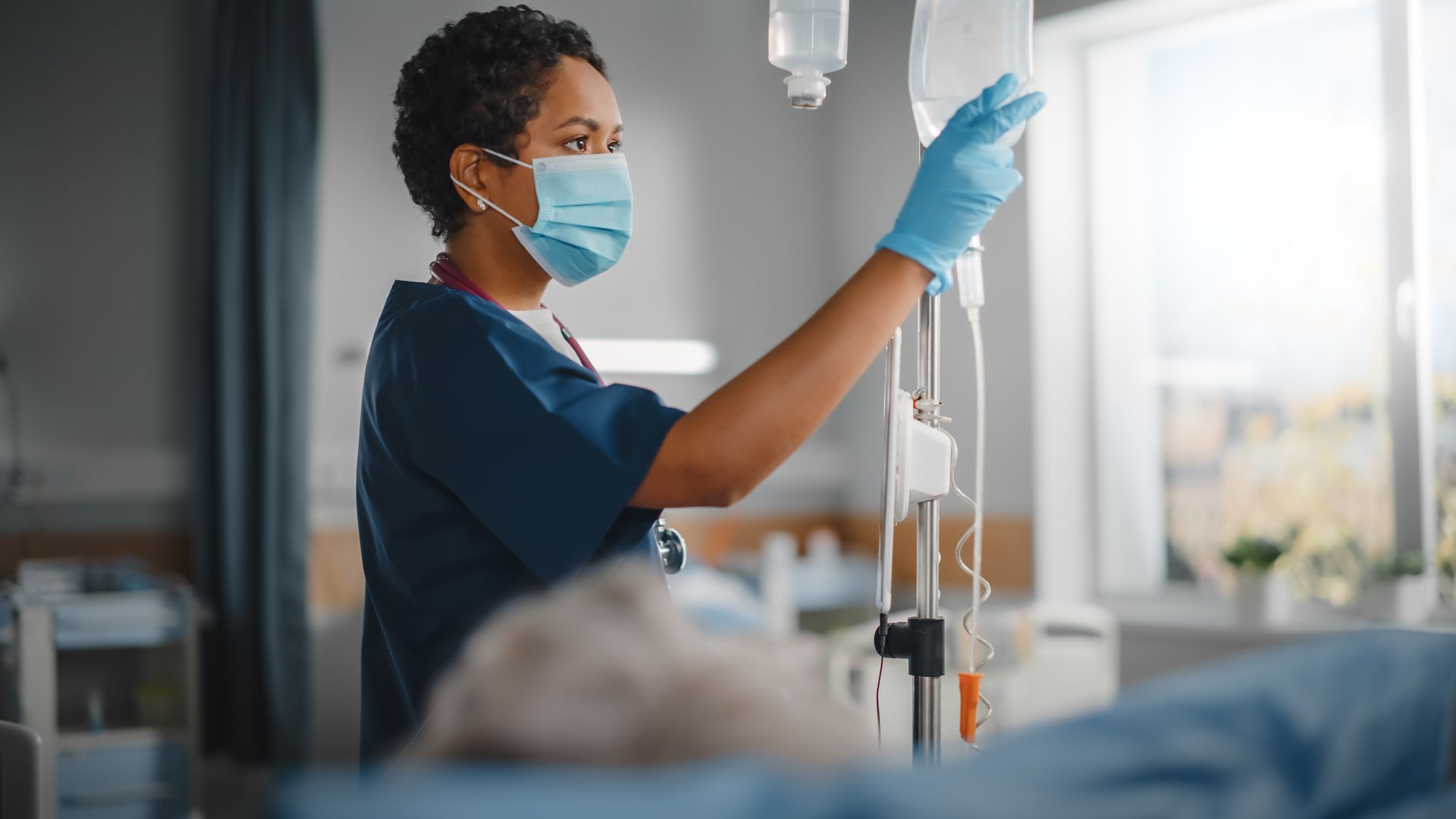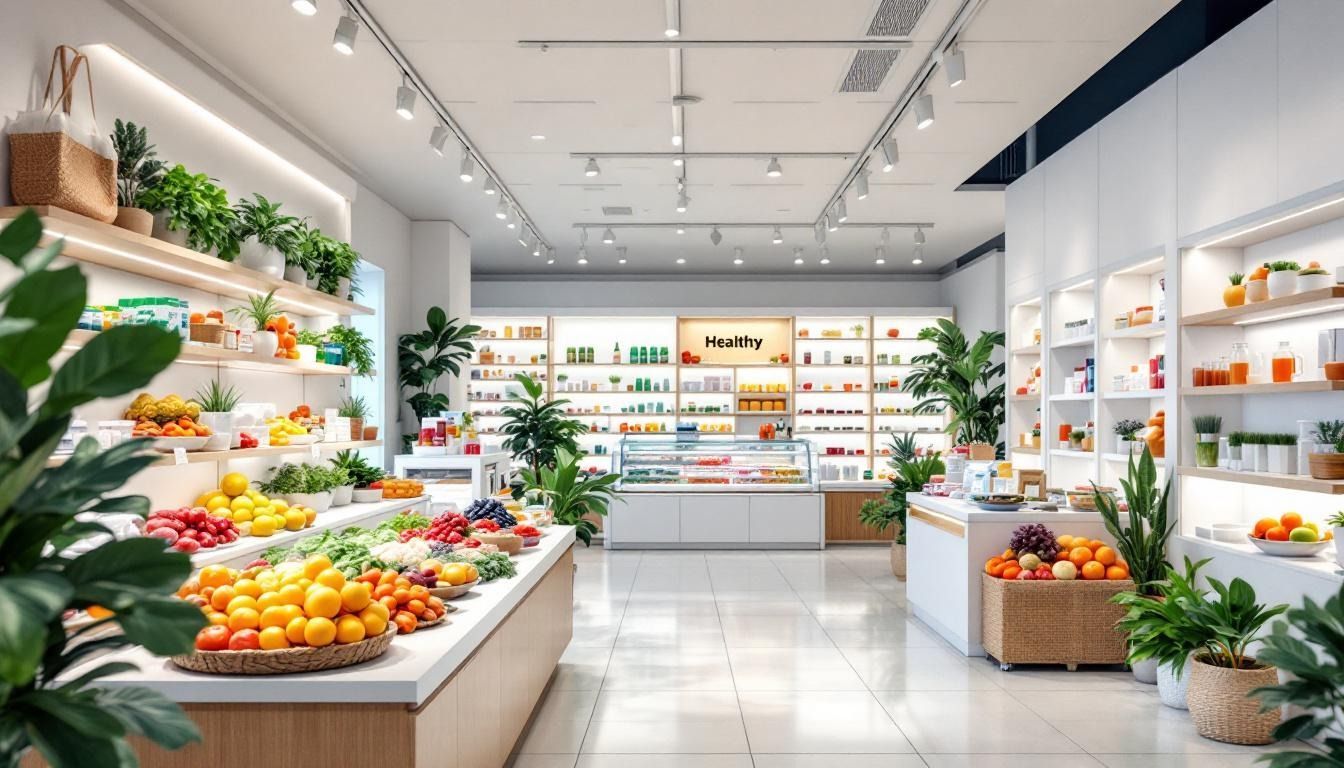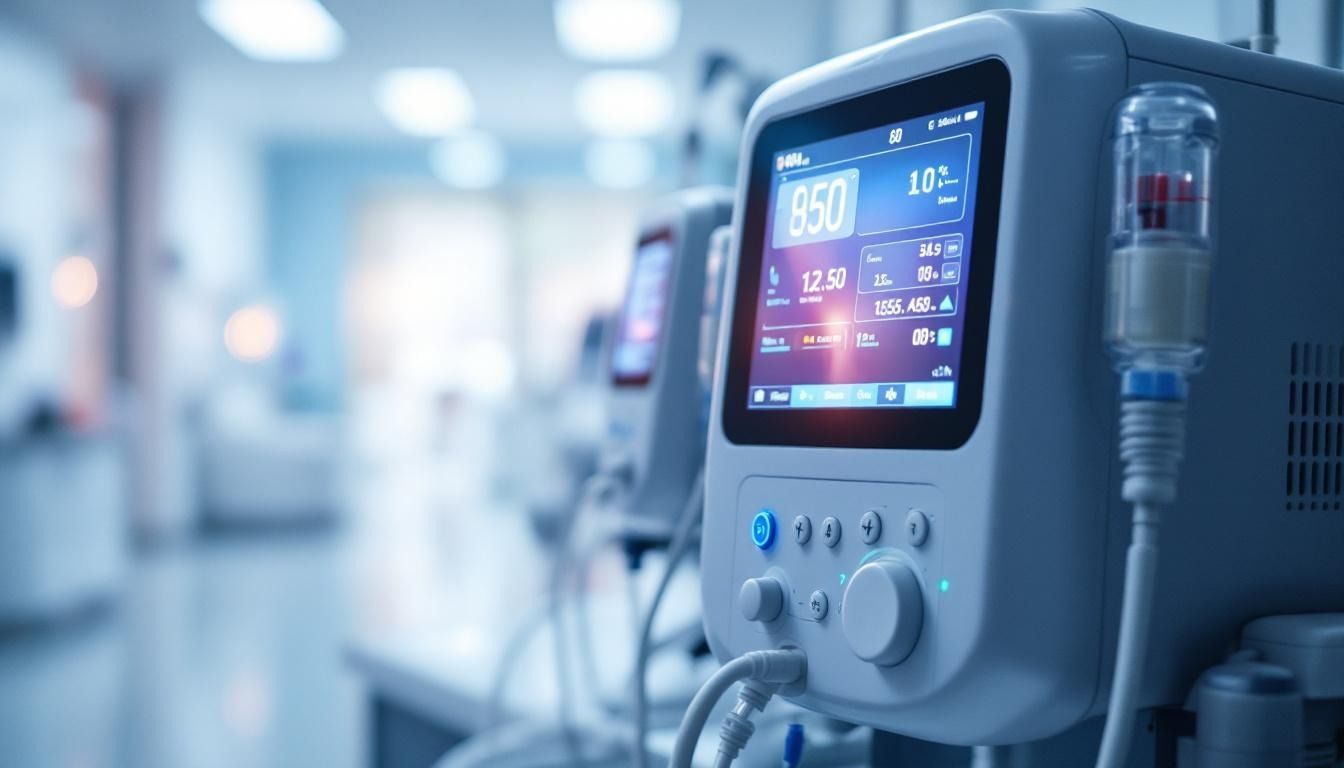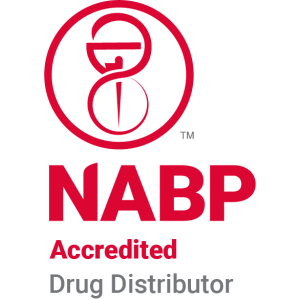Are there eye drops made for precise eye health?
Eye health is an essential part of overall well-being, and precision in medication delivery can significantly enhance treatment outcomes. This article investigates the availability and effectiveness of eye drops designed specifically for precise eye health, exploring innovative technologies and products that aim to improve accuracy and usability in their administration. With advancements in eye drop applications and aids, managing eye conditions has become more efficient and user-friendly.
Innovations in Eye Drop Technology
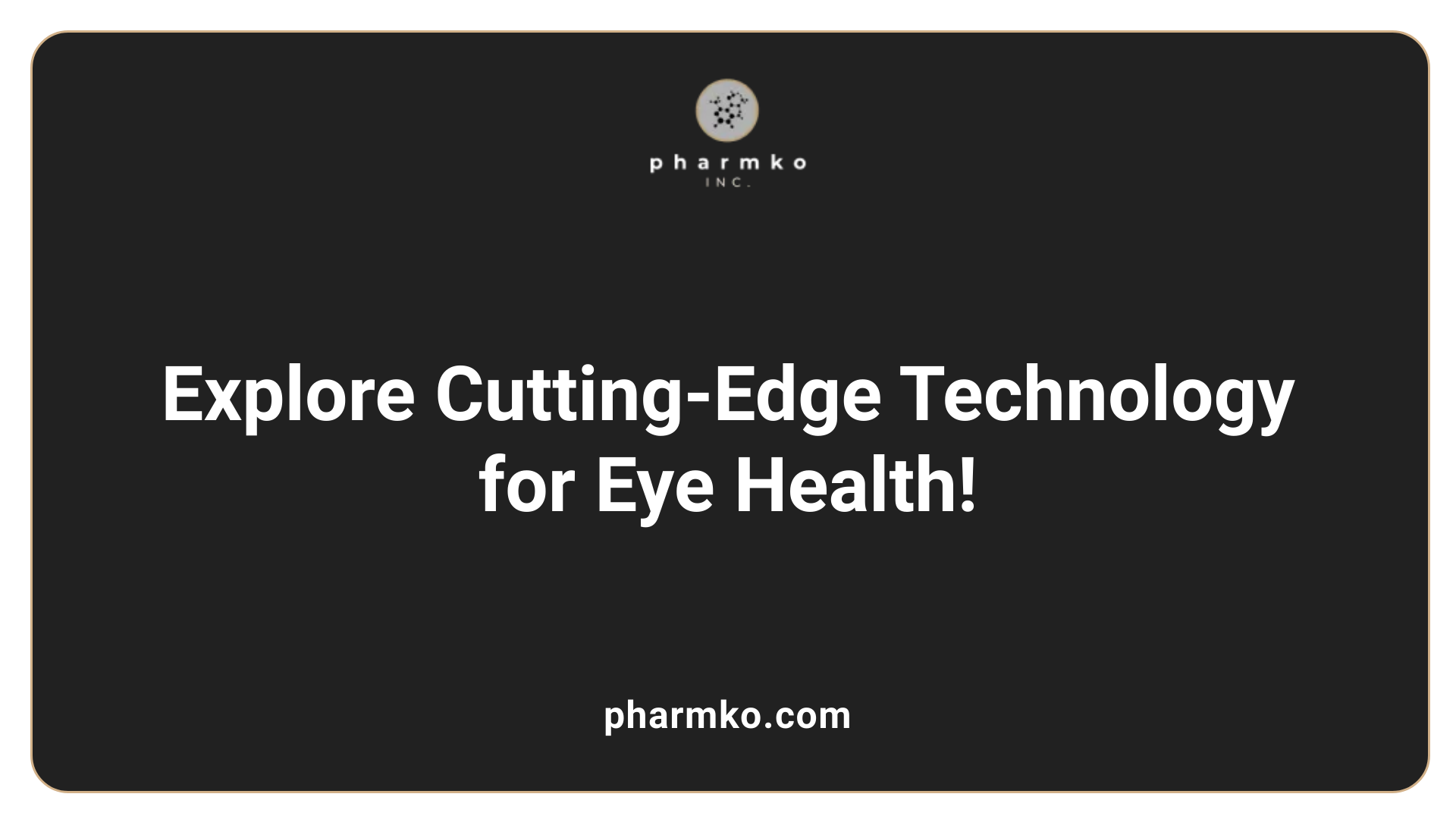
New technologies improving eye drop delivery systems
Innovations in eye drop technology are transforming the way patients manage ocular health. Current issues with self-administration, such as poor aiming and ineffective drop dispensing, have spurred the development of advanced delivery systems. For instance, many patients accidentally miss their eyes, with studies showing that up to 76% do not succeed in making contact during self-administration.
Benefits of redesigned eye drop bottles
Redesigned eye drop bottles and devices aim to tackle these challenges. Tools like the Nanodropper, which reduces drop size by over 60%, enhance dosing precision and minimize waste. Similarly, the GentleDrop device allows for more accurate drop delivery while avoiding unnecessary contact with the eye surface, thus reducing contamination risks, which can be as high as 80% with conventional droppers.
Patient experiences with new technologies
Usability studies reveal high patient preferences for these new technologies, citing easier administration and less spillage. In a clinical study, 94% of patients favored the GentleDrop over traditional methods, indicating clear improvements in user experience. These advancements not only simplify the process but can also lead to better adherence to treatment regimens, significantly impacting patient outcomes in eye care.
| Technology | Key Features | Patient Benefit |
|---|---|---|
| Nanodropper | Reduces drop size | Minimal waste and side effects |
| GentleDrop | Reduces contact with the eye | Enhanced accuracy, less discomfort |
| Optejet | Microdose delivery technology | Directly delivers smaller doses, improving safety |
| AutoDrop | Improved accuracy | Lesser contamination, easy for patients with dexterity issues |
Are there eye drops made for precise eye health?
Yes, innovations in eye drop technology have led to the development of products that enhance precision in delivery, helping users administer doses more accurately. Devices like the Optejet dispenser utilize Microdose Array Print technology to deliver smaller doses directly onto the ocular surface, minimizing side effects and improving therapeutic outcomes. The GentleDrop and Nanodropper are other examples of devices that enhance precision by reducing drop size and improving administration accuracy.
Usability Challenges and Solutions
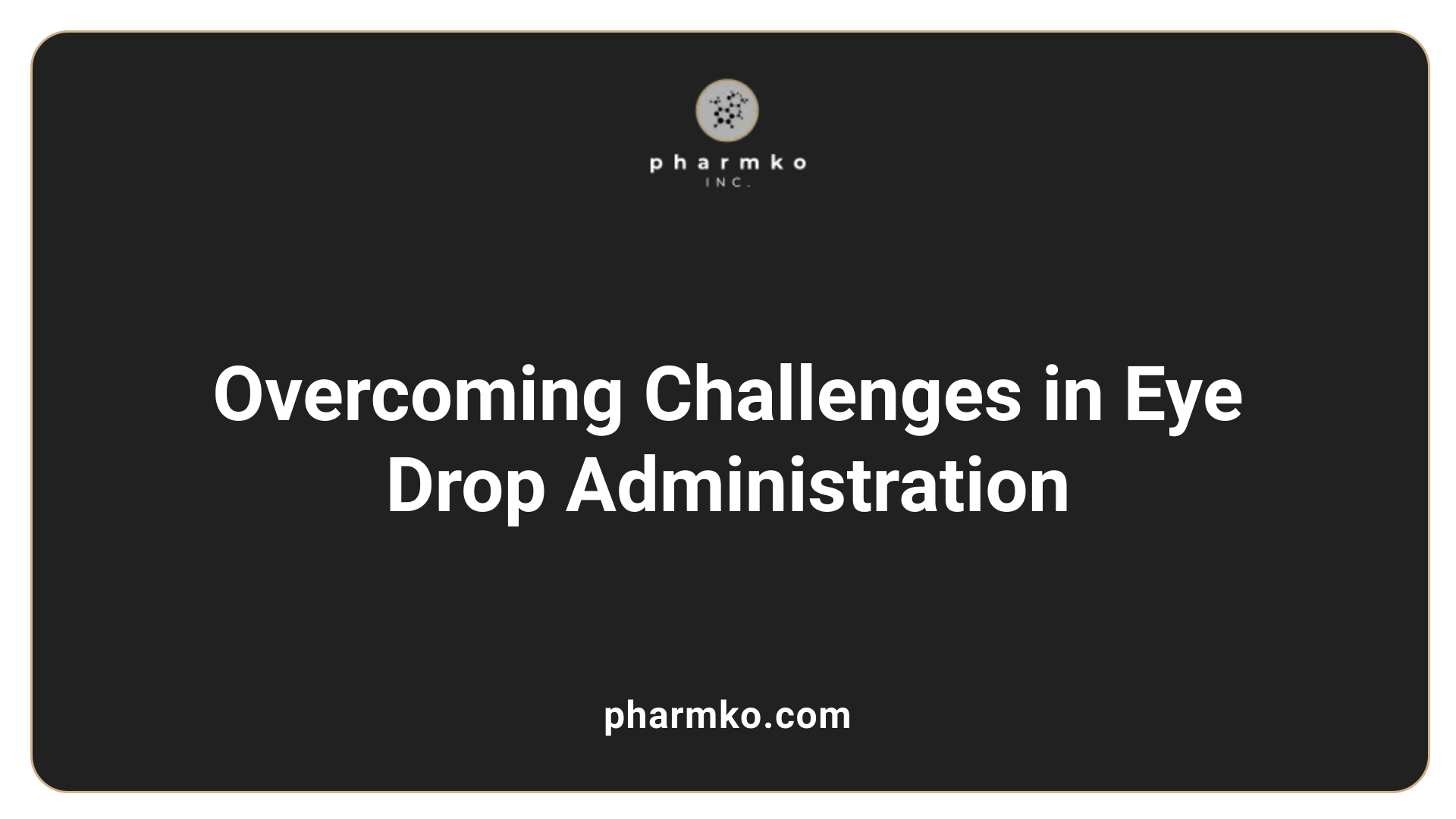
Challenges in administering eye drops
Accurate administration of eye drops is a persistent challenge for many patients. Studies reveal that up to 76% of patients miss the target when trying to self-administer eye drops. Factors like poor dexterity, tremors, and difficulty aiming contribute to this high failure rate. Moreover, current multidose eye droppers can lead to uncontrolled dispensing, with 64% of users accidentally administering more than one drop at a time. This can result in side effects and treatment complications.
Redesigned solutions for better user experience
Innovative eye drop delivery systems have been developed to address these issues. For instance, the Nanodropper minimizes drop size by over 60%, significantly reducing waste and side effects. Devices like AutoDrop and GentleDrop enhance accuracy while decreasing contamination risks. The design of the GentleDrop was particularly favored in usability studies, with 94% of patients preferring it over traditional methods. Additionally, Dr. Julie Schallhorn’s hammer-shaped device provides stability, allowing for one-drop administration without waste.
Impact of new bottle designs on patient adherence
With easier administration methods, patients are more likely to adhere to their prescribed eye drop regimens. Preservative-free options, such as Refresh Tears and Systane COMPLETE PF, are noted for their efficacy in treating dry eyes without the irritation associated with preservatives. These improvements collectively promote better ocular health outcomes.
What are the healthiest eye drops to use for dry eyes?
The healthiest eye drops for dry eyes are preservative-free artificial tears, like Blink GelTears, Refresh Tears, and Systane COMPLETE PF. These products help relieve dryness and irritation while avoiding the discomfort associated with preservative use. Prescription options, such as Cyclosporine (Restasis) and Lifitegrast (Xiidra), are available for severe cases under a healthcare provider’s guidance.
Eye Drop Aids Enhancing Precision
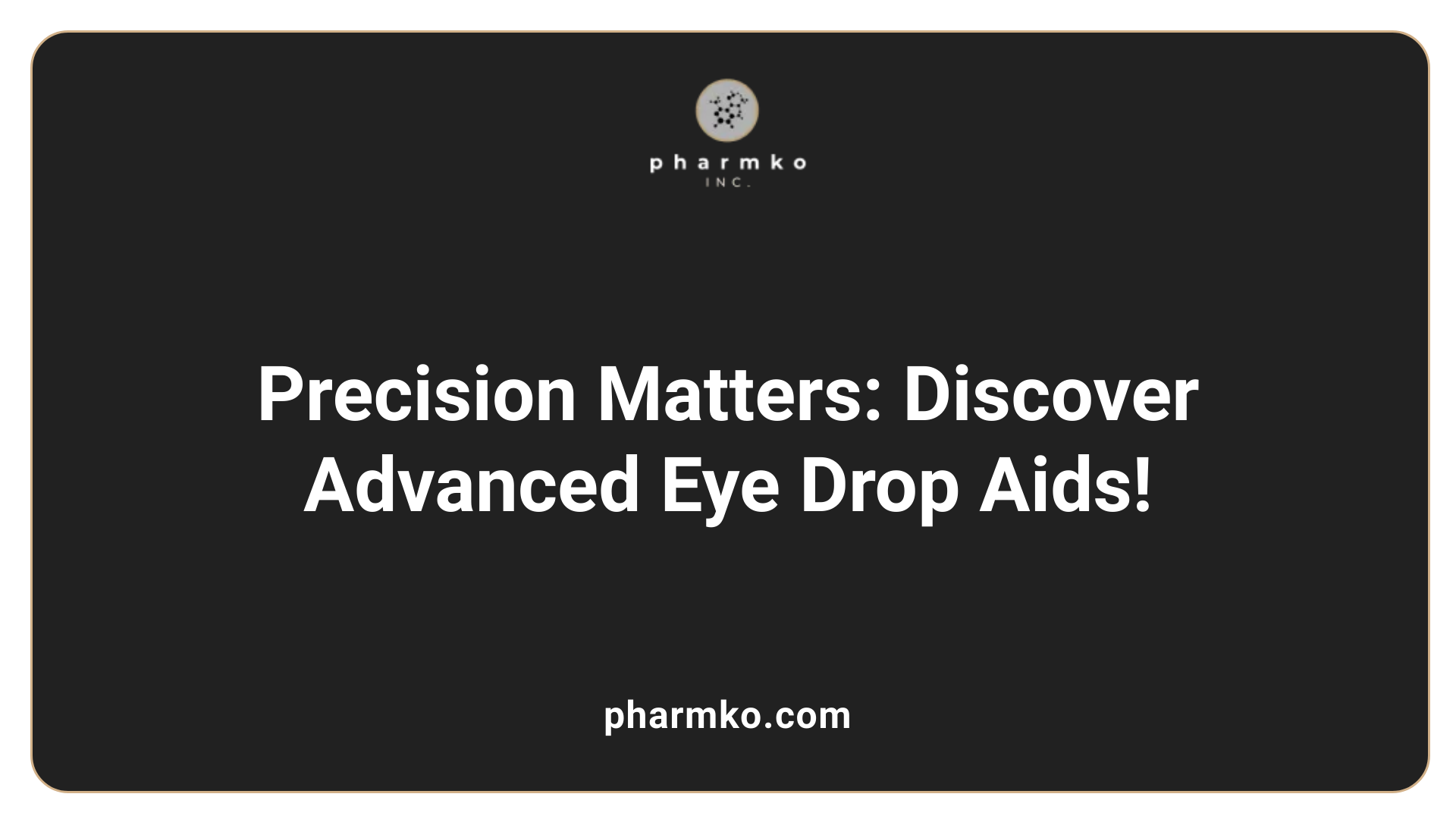
Devices Supporting Accurate Administration
Eye drop aids have been developed to improve precision in drop delivery, vital for patients managing ocular conditions. These devices include:
- AutoDrop : Enhances accuracy but may increase the number of drops used.
- GentleDrop : This silicone delivery system minimizes discomfort and prevents contact with the eye, boasting a high patient preference rate.
- Nanodropper : Reduces drop size by over 60%, helping minimize waste and side effects.
- Optejet : Uses advanced technology to deliver smaller doses accurately.
Tools for Patients with Dexterity Issues
Patients with dexterity challenges often struggle with traditional eye drop methods. Devices like the one invented by Dr. Julie Schallhorn feature a stabilizing bar and a hammer-shaped handle, ensuring correct positioning for easier administration of preservative-free, single-vial drops. This design particularly benefits those with conditions affecting hand steadiness, making eye care more accessible.
Comparison of Eye Drop Aids
| Device | Primary Benefit | User Challenges |
|---|---|---|
| AutoDrop | Improved accuracy | Potential for excess use |
| GentleDrop | Minimizes eye contact | Requires adjustment to use |
| Nanodropper | Reduces side effects | Compatibility with existing drops |
| Optejet | Advanced dosing method | May need training |
What eye drops do optometrists use?
Optometrists utilize various eye drops such as Cyclopentolate and Tropicamide for pupil dilation, along with local anesthetics like Lidocaine for painless procedures. These drops are essential for accurate diagnostics and successful treatment outcomes.
Types and Benefits of Artificial Tear Formulations
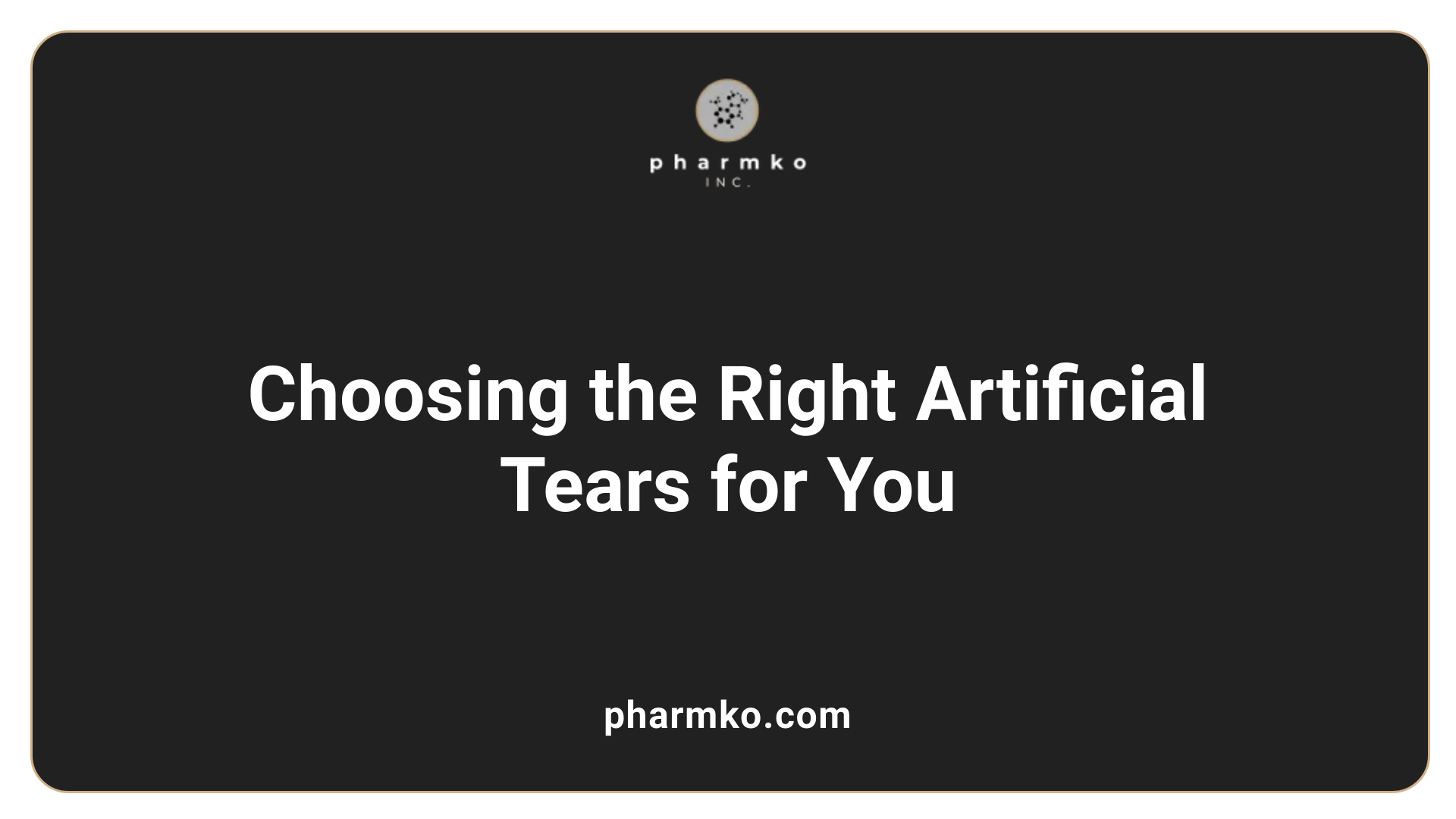
Categories of artificial tear products
Artificial tears can be categorized into several different formulations, including:
- Preserved artificial tears : These contain preservatives that may lead to side effects like redness and inflammation when used frequently.
- Preservative-free artificial tears : Ideal for sensitive eyes and frequent use, these products minimize irritants.
- Oil-based artificial tears : Suitable for moderate to severe dry eyes, these thicker drops help prevent evaporation but may not be suitable for contact lens wearers.
- Eye drop sprays or mists : They provide a simple way to relieve dryness without affecting contact lenses and are typically preservative-free.
- Artificial tear gels and ointments : Best for nighttime use, these formulations deliver extended relief but may cause temporary blurriness.
Advantages of preservative-free formulations
Preservative-free eye drops are recommended for individuals with severe dry eye symptoms or sensitivities. The lack of preservatives reduces the risk of irritation and complications associated with long-term use. These formulations often come in single-use vials or special multi-dose containers, maintaining sterility and enhancing patient safety.
Specifics of each artificial tear type
Each type of artificial tear serves different needs:
| Type | Features | Best For |
|---|---|---|
| Preserved artificial tears | Affordable, widely available, but may cause irritation with extended use | Occasional dryness relief |
| Preservative-free | Gentle on sensitive eyes, ideal for frequent use | Severe dry eyes or sensitive users |
| Oil-based | Thicker, creates a barrier to retain moisture | Moderate to severe dryness |
| Eye drop sprays | Easy application, preservative-free, compatible with contact lenses | On-the-go relief |
| Gels and ointments | Offer long-lasting hydration but may blur vision; recommended for nighttime use | Overnight dryness relief |
Are there eye drops that can restore vision?
Yes, Vuity eye drops are FDA-approved for treating presbyopia, a condition causing age-related blurry near vision. They help by reducing pupil size, improving focus for near tasks, and serving as a convenient alternative to reading glasses for those aged 40 to 55.
The Role of Preservative-Free Eye Drops

Advantages in Treating Dry Eye and Allergies
Preservative-free eye drops are increasingly favored due to their capacity to alleviate dry eye symptoms effectively. Unlike preserved formulations, they avoid common irritants, reducing risks of redness and inflammation. This makes them especially suitable for patients experiencing chronic dry eyes or allergies.
Use Cases for Sensitive Eyes
For patients with sensitive eyes or those who are frequent users of eye drops, preservative-free options are essential. These drops minimize the potential for negative reactions often linked with preservatives like benzalkonium chloride, making them appropriate for long-term use and suitable for individuals with specific conditions, such as glaucoma or post-surgery recovery.
Long-Term Safety of Preservative-Free Products
Preservative-free eye drops are generally regarded as safer for prolonged use. Studies indicate these formulations significantly improve dry eye symptoms with little to no side effects, thus providing lasting comfort for those affected. Patients regularly requiring medicated drops also benefit from using preservative-free options to avoid potential irritation and ensure better adherence to treatment.
| Key Features | Preservative-Free Drops | Regular Preserved Drops |
|---|---|---|
| Side Effects | Minimal | Higher potential for irritation |
| Use in Sensitive Conditions | Highly recommended | Not advised |
| Long-Term Safety | Better | Risk of cumulative irritation |
| Availability | Over-the-counter | Prescription may be required |
What do ophthalmologists recommend for dry eyes?
Ophthalmologists recommend comprehensive eye exams to tailor treatments, often starting with preservative-free over-the-counter artificial tears or progressing to prescription medications for persistent symptoms. Lifestyle adjustments like humidifier use and screen breaks are also advised to help alleviate symptoms.
Concluding Thoughts
Precise eye health care has been revolutionized through innovative eye drop technologies and application aids. As patient demands for accuracy and ease of use grow, these advancements offer significant improvements in treatment efficacy and user experience. Understanding the distinct benefits of products like preservative-free artificial tears and specialized application devices can empower individuals in their eye health management, combining convenience with superior care.
References
- ACCURATE DELIVERY & PRECISE DOSING OF EYE DROPS
- Advances in Eye Drop Aids - Glaucoma Today
- VA ophthalmologist invents device to help with eye drops
- Eye drops used in an eye examination - Look After Your Eyes
- HYLO CARE® Eye drops
- Choosing the Best Lubricant Eye Drops for Dry Eyes
- Drop Aids - Modern Optometry
- 4 Types of Eye Drops and How to Use Them Safely - AARP



